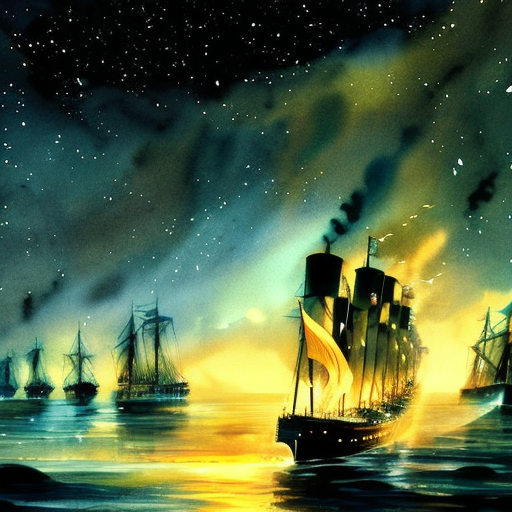One-line Summary:
A Night to Remember is a gripping and detailed account of the sinking of the RMS Titanic, providing a comprehensive look at the events leading up to the disaster, the chaos and heroism that unfolded on that fateful night, and the lasting impact it had on maritime safety.
Introduction:
A Night to Remember, written by Walter Lord and published in 1955, is a non-fiction book that meticulously chronicles the sinking of the RMS Titanic on April 15, 191Lord’s narrative captures the tragedy from multiple perspectives, weaving together the stories of passengers, crew members, and the ship’s officers to provide a comprehensive account of one of the most infamous maritime disasters in history.
The Events Leading Up to the Disaster:
Lord begins by setting the stage, describing the excitement and anticipation surrounding the Titanic’s maiden voyage. He delves into the ship’s construction, its luxurious amenities, and the social dynamics of the passengers on board. Lord also explores the prevailing attitudes of the time, which emphasized the unsinkable nature of the Titanic and led to a lack of preparedness for a disaster of such magnitude.
As the ship embarks on its journey, Lord introduces key figures such as Captain Edward Smith, Thomas Andrews, and Bruce Ismay, shedding light on their roles and responsibilities. He meticulously details the events leading up to the collision with the iceberg, including the numerous iceberg warnings received by the Titanic’s crew and the decisions made by the officers that ultimately sealed the ship’s fate.
The Chaos and Heroism of the Night:
Once the iceberg is struck, Lord vividly portrays the chaos and confusion that ensue. Passengers and crew members grapple with the realization that the supposedly unsinkable ship is indeed sinking. Lord highlights the bravery and selflessness displayed by many individuals, from the crew members who worked tirelessly to launch lifeboats to the passengers who faced their impending doom with courage.
Lord also delves into the class dynamics that played out during the evacuation, with first-class passengers receiving preferential treatment and access to lifeboats. He explores the harrowing experiences of those in the lower classes, who faced significant barriers to survival. Through personal accounts and testimonies, Lord paints a vivid picture of the desperate struggle for survival in the freezing waters of the North Atlantic.
The Lasting Impact:
In the aftermath of the disaster, Lord examines the investigations and inquiries that followed, shedding light on the mistakes and oversights that contributed to the tragedy. He explores the changes in maritime safety regulations and practices that were implemented as a direct result of the Titanic’s sinking, emphasizing the lasting impact it had on the industry.
Lord concludes A Night to Remember by reflecting on the legacy of the Titanic and the enduring fascination it holds for people around the world. The book serves as a poignant reminder of the human cost of hubris and the fragility of even the most grandiose creations.
Key Takeaways:
- The Titanic’s sinking was a result of a combination of factors, including the ship’s speed, the lack of binoculars for the lookout, and the failure to heed iceberg warnings.
- The class dynamics on board the Titanic played a significant role in the distribution of lifeboat seats and the chances of survival.
- The disaster led to significant changes in maritime safety regulations and practices, including the establishment of the International Ice Patrol and the requirement for sufficient lifeboat capacity on ships.
Memorable Quote:
“The Titanic was the biggest moving object ever made by man in all history up to the time.” – Walter Lord












